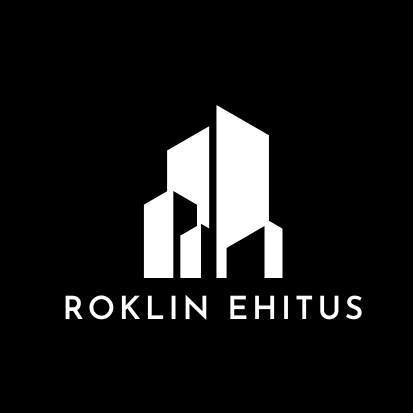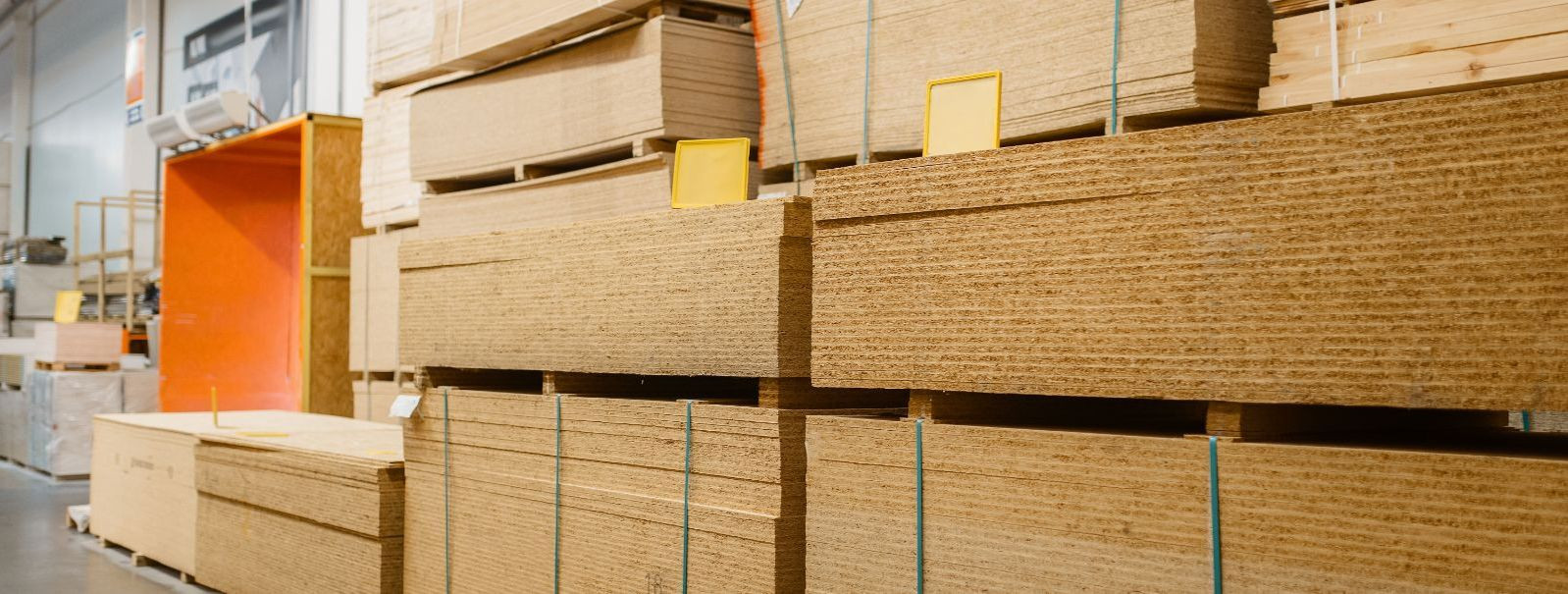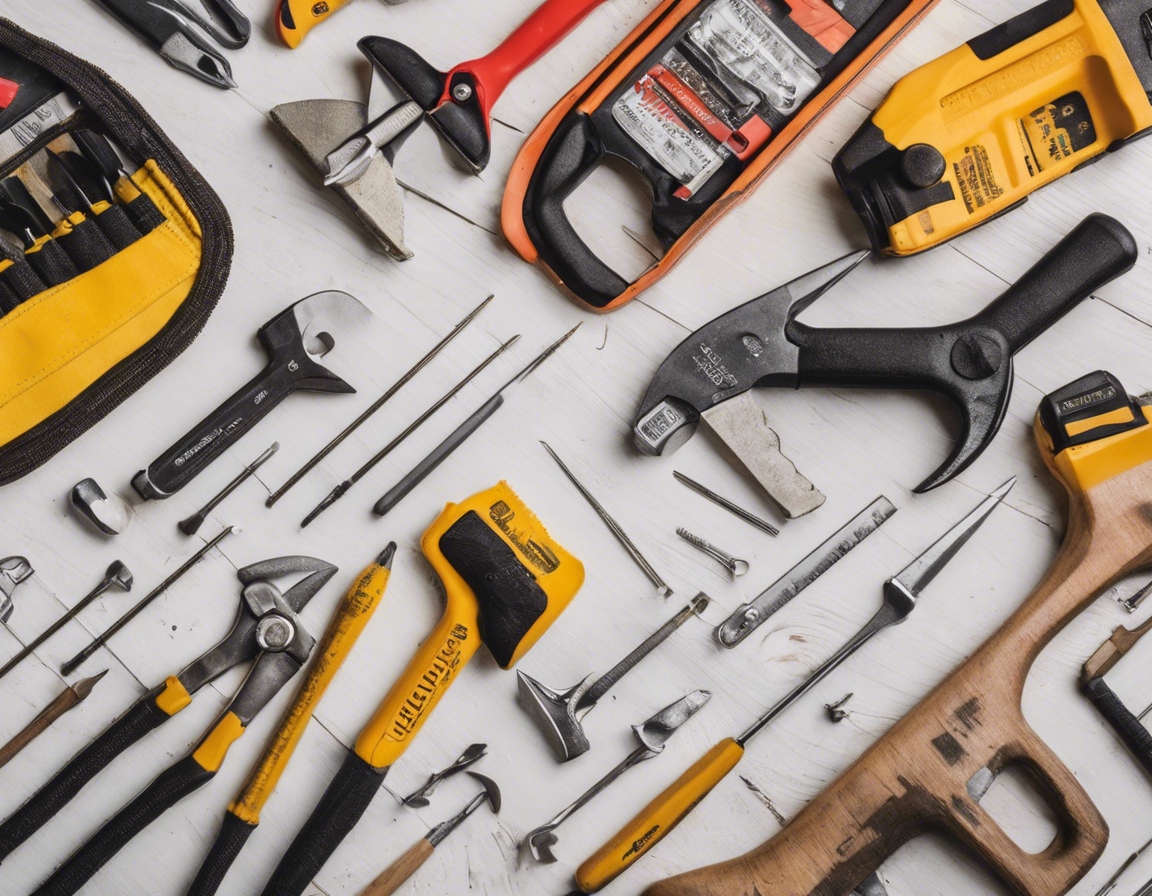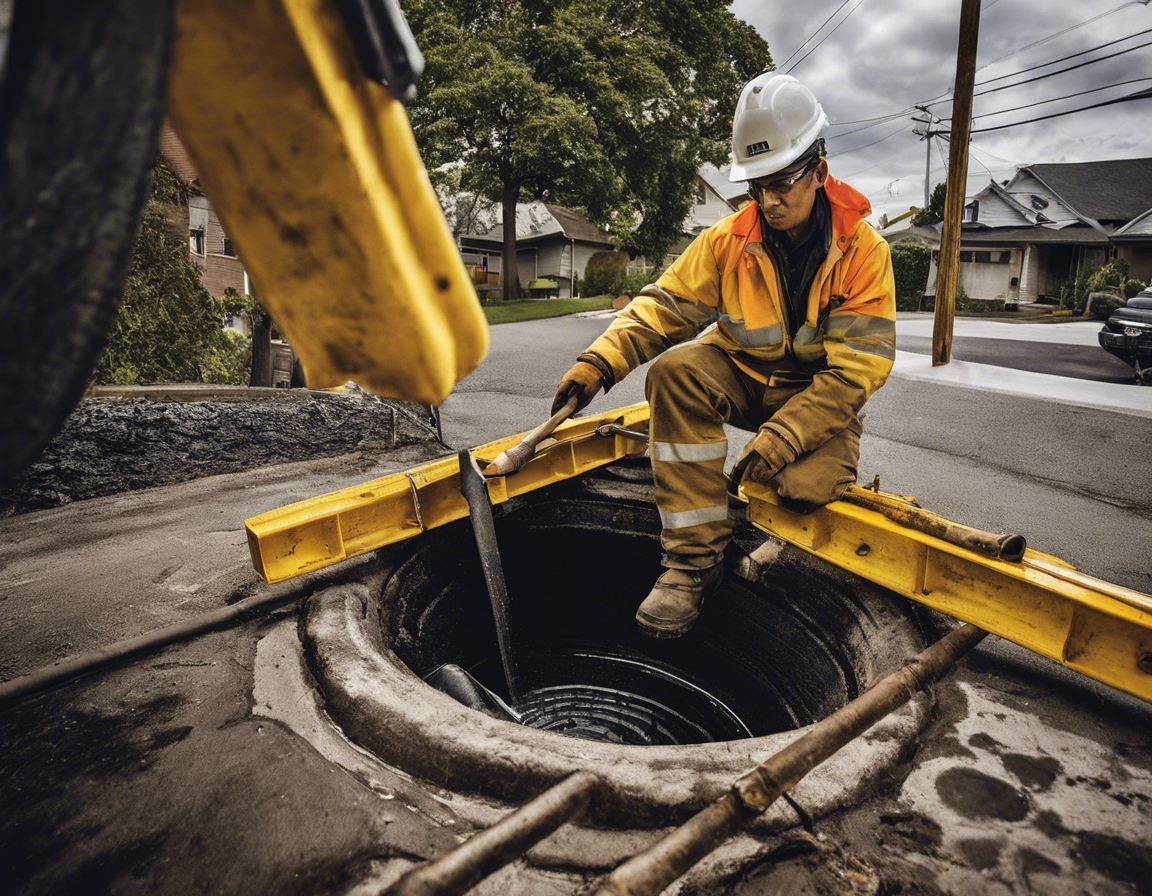5 trends shaping the future of sustainable construction
The construction industry stands at the forefront of sustainable development, with innovative practices that aim to reduce environmental impact while enhancing the quality and efficiency of built environments. As a leader in the field, ROKLIN EHITUS OÜ is dedicated to incorporating these trends into our projects, ensuring that we meet the evolving demands of our clients and the planet.
1. Green Building Materials
Materials such as bamboo, cork, and reclaimed wood are gaining popularity due to their sustainability and minimal environmental footprint. These resources regenerate quickly and absorb carbon dioxide, making them a responsible choice for construction.
Using recycled materials like steel, glass, and plastic not only reduces waste but also decreases the energy consumption associated with producing new materials. This approach aligns with the circular economy model and is a key component of sustainable construction.
2. Energy Efficiency and Renewable Energy
Passive design utilizes the building's orientation, insulation, and materials to naturally regulate temperature, reducing the need for artificial heating and cooling. This energy-saving method is a cornerstone of sustainable construction.
Incorporating solar panels, wind turbines, and other renewable energy sources into buildings not only reduces carbon emissions but also leads to long-term cost savings for property owners.
3. Advanced Building Technologies
Smart technology enables buildings to automatically adjust lighting, heating, and cooling systems for optimal energy use. These intelligent systems contribute to a building's sustainability and operational efficiency.
3D printing and modular construction techniques streamline the building process, reduce material waste, and allow for precise customization. These methods are revolutionizing the way we approach construction, with sustainability at their core.
4. Water Conservation and Management
Low-flow toilets, faucets, and showerheads minimize water usage without compromising performance. These fixtures are essential in sustainable construction, helping to conserve one of our most precious resources.
Systems that collect rainwater and reuse greywater for irrigation and flushing toilets significantly reduce a building's demand for potable water and its overall environmental impact.
5. Emphasis on Indoor Environmental Quality
Choosing materials with low or no volatile organic compounds (VOCs) ensures healthier indoor air quality and a safer environment for occupants.
Designing buildings with ample ventilation and natural light not only improves the well-being of occupants but also reduces the reliance on artificial lighting and air conditioning, further contributing to a building's sustainability.






Comments (0)